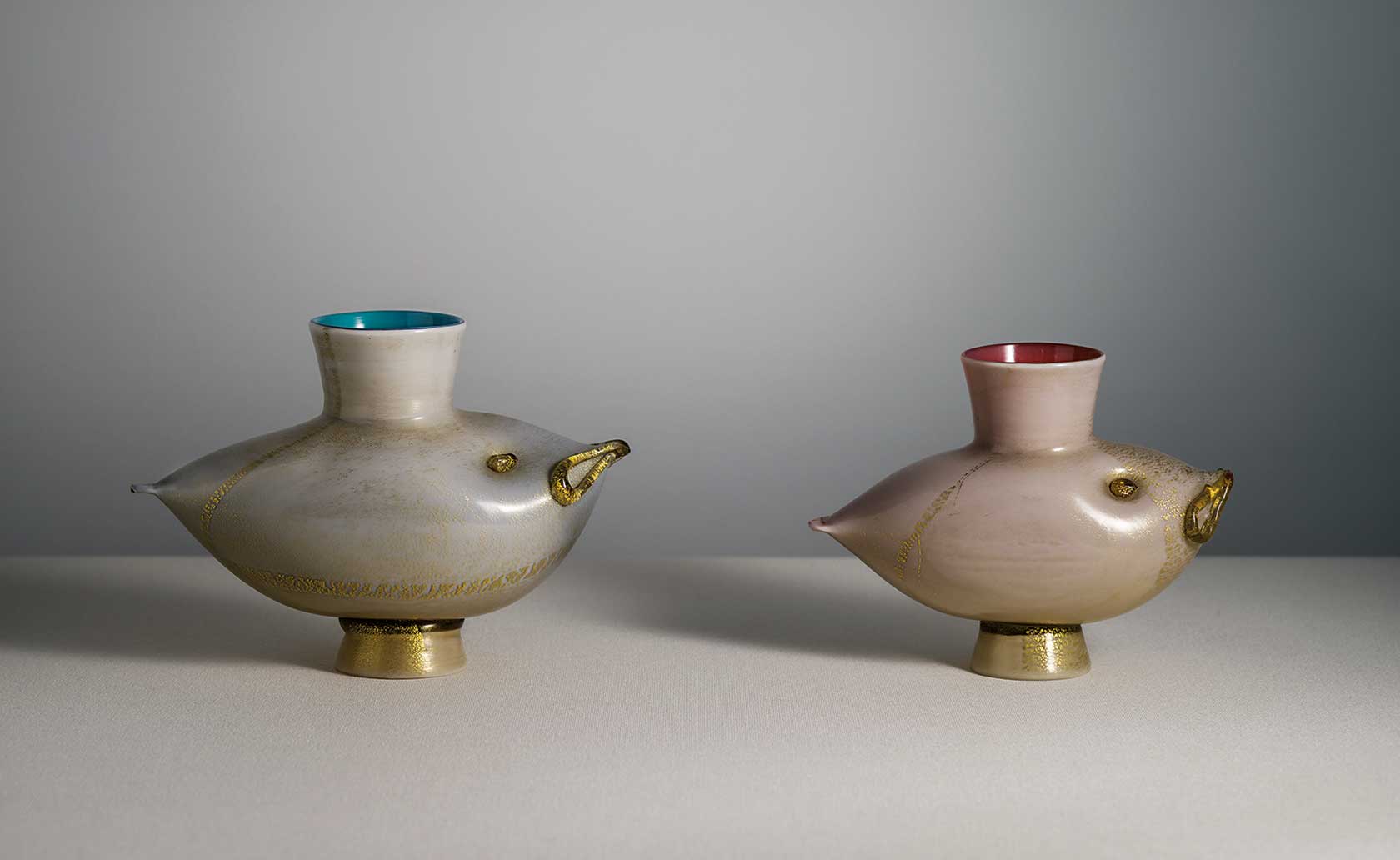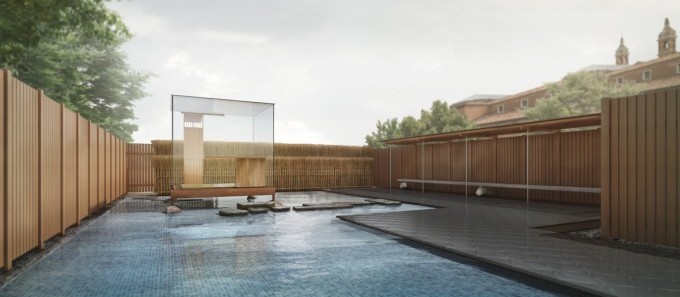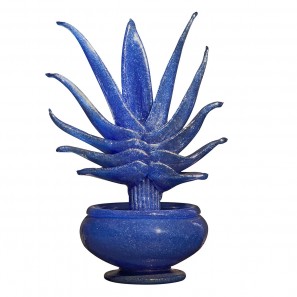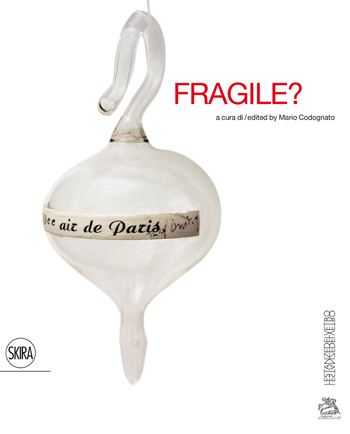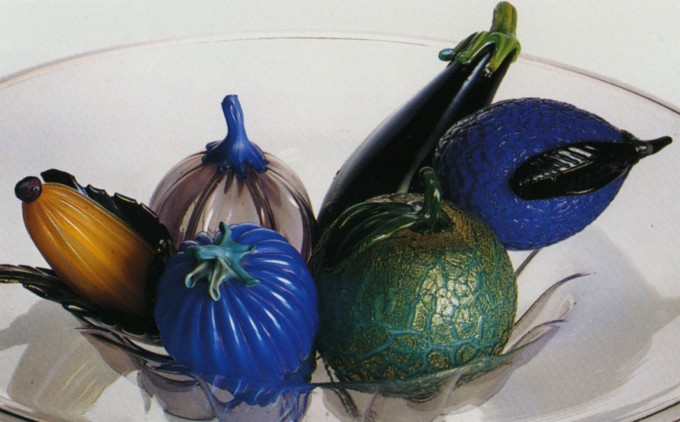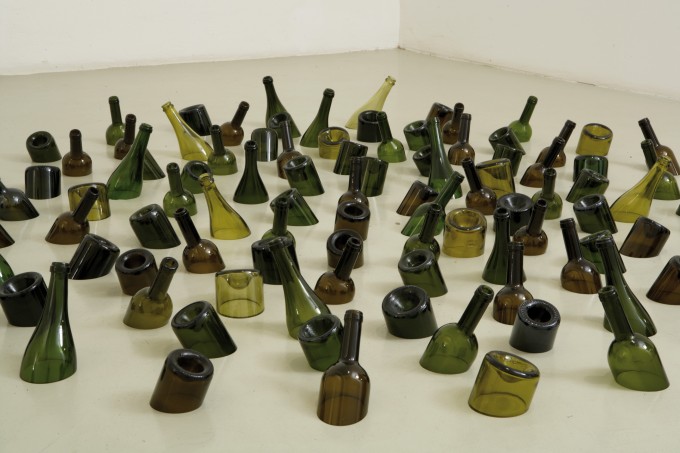The Glass Tea House Mondrian
©Hiroshi Sugimoto+New Material Research Laboratory.
Courtesy of Le Stanze del Vetro.
Sponsored by Sumitomo Forestry and Fondazione Bisazza.
On June 6th, the “Glass Tea House Mondrian” will open to the public on the Island of San Giorgio Maggiore in Venice. The “Glass Tea House” is a temporary pavilion designed by the Japanese artist and photographer Hiroshi Sugimoto as part of the activities of Le Stanze del Vetro. Hiroshi Sugimoto is known worldwide for his black-and-white photographs, and for the first time ever he is to design an architectural building in Venice.
The “Glass Tea House Mondrian” is a project by Le Stanze del Vetro – a long term joint initiative between Fondazione Giorgio Cini and Pentagram Stiftung – which was made possible thanks to the support of Sumitomo Forestry Co. Ltd., and Fondazione Bisazza, in collaboration with Asahi Building-Wall Co. Ltd. Special thanks to Cattaruzza Millosevich Associated Architects for having overseen each phase of the design and construction of the pavilion.
–
Concurrent with the opening of the “Glass Tea House Mondrian”, the Fondazione Bevilacqua La Masa will host an unprecedented retrospective exhibition of Hiroshi Sugimoto’s architectural photographs at the Palazzetto Tito: this exhibition, together with “The Glass Tea House Mondrian” at Le Stanze del Vetro, will place this world-famous artist and his commitment towards the built environment at the center of the Venice art scene this season, befitting the new expanded format of the Architecture Biennale.
The “Glass Tea House Mondrian” is a new initiative from those organized so far by Le Stanze del Vetro, broadening its horizons, and involving internationally renowned artists to plan and design an architectural pavilion in the area in front of Le Stanze del Vetro, following the example of the “Pavilion Series” of the Serpentine Gallery in London.
The “Glass Tea House Mondrian” by Hiroshi Sugimoto is inspired by pre-modern abstraction, as perfected by Sen no Rikyû, in the Japanese tradition of the tea ceremony. The Pavilion consists of two main elements, an open-air landscape and an enclosed glass cube. The landscape (approximately 40 meters long and 12.5 meters wide) follows a path along a reflecting pool leading the visitor to a glass cube (2.5 x 2.5 meters), inside which the traditional Japanese tea ceremony will be performed regularly. The glass cube will host two visitors at a time together with the tea master, while spectators can watch the ceremony from outside the glass cube.
Original tea utensils for the “Glass Tea House Mondrian” were designed by Hiroshi Sugimoto and fabricated by traditional artisans in Kyoto.
The flexible and temporary structure of the pavilion will also contribute to transform the area in front of Le Stanze del Vetro – which has never been used before – into a versatile space, to hold meetings and talks, and where visitors are encouraged to interact freely with the pavilion.
The “Glass Tea House Mondrian” is an innovative project as it offers a space in which to present and experience architecture, where the Pavilion itself becomes the exhibition, an innovative example in which the artist can freely suggest a theme and a project, open to the possibility of experimenting with the setting, shapes, building techniques and innovative materials.
Within the settings of the Island of San Giorgio Maggiore the “Glass Tea House Mondrian” is also symbolic, encouraging visitors to freely interact with the site, and requiring them to find the right balance between the artifice of architecture and the natural environment that surrounds it.
The “Glass Tea House Mondrian” creates a bond between interior and exterior, nature and artifice, lightness and heaviness, water and soil, a bond which is presented in the use of wood from Japan for the external fence, the use of Venetian mosaics for the reflecting pool, and glass for the tea house, in which the merge between Japanese tradition and modern technology can be experienced.
Inspired by the Ise-shrine, the exterior fence around the pavilion is made entirely of cedar wood and realized through a contribution by Sumitomo Forestry Co. Ltd.
Hiroshi Sugimoto and Sumitomo Forestry chose the cedar wood from the Tohoku region for their commitment in helping to reconstruct areas which were devastated by the 2011 Tohoku earthquake and tsunami. Sumitomo Forestry not only uses wood for residential structures, but also for schools and hospitals, demonstrating the architectural potential of this natural, renewable resource, which has no impact on the environment.
The reflecting pool, a key element of the pavilion, is made possible thanks to the collaboration with Fondazione Bisazza. Fondazione Bisazza, based in Vicenza, is specialized in the production of glass mosaics for interior as well as outdoor solutions.
Finally the glass cube is made by Asahi Building-Wall Co. Ltd, a leading company in engineering solutions for architectural façades and glass.
From Glass Tea House Mondrian to the Oriental Art Museum of Venice
LE STANZE DEL VETRO, in collaboration with the Oriental Art Museum of Venice and Ca’ Foscari University, Department of Asian and North African Studies, presents a series of meetings to enhance and promote the Japanese tea culture.
From April to July a sequence of initiatives will connect two locations together: the temporary pavilion Glass Tea House Mondrian on the Island of San Giorgio Maggiore designed by Hiroshi Sugimoto and the Oriental Art Museum of Venice.
The events of this cultural and educational project will be addressed to adults and teenagers involving both local Universities and Secondary Schools.
In May:
Ca’ Pesaro Oriental Art Museum, Santa Croce 2076, Venice
Sunday, May 3 at 3pm and 3.30pm The Japanese tea ceremony: porcelain and lacquer items from the Bardi Collection, guided tour by Severina Bortolato (Italian language)
Free admission, registration required by sending an email to artsystem@artsystem.it or by calling the free toll number 800 662 477 (Monday to Friday, from 10 am to 5 pm)
Glass Tea House Mondrian by Hiroshi Sugimoto, a project by LE STANZE DEL VETRO, Island of San Giorgio Maggiore, Venice
Saturday, May 9 Tea Ceremony curated by So’oku Sen of the MushakojiSenke Tea School (ceremony reserved for Secondary School and Universities students taking part in the project).
Free guided tours are available until 30 November 2015 upon reservation by sending an e-mail to artsystem@artsystem.it
or
by calling 800 662 477 (Monday to Friday, from 10 am to 5 pm).
